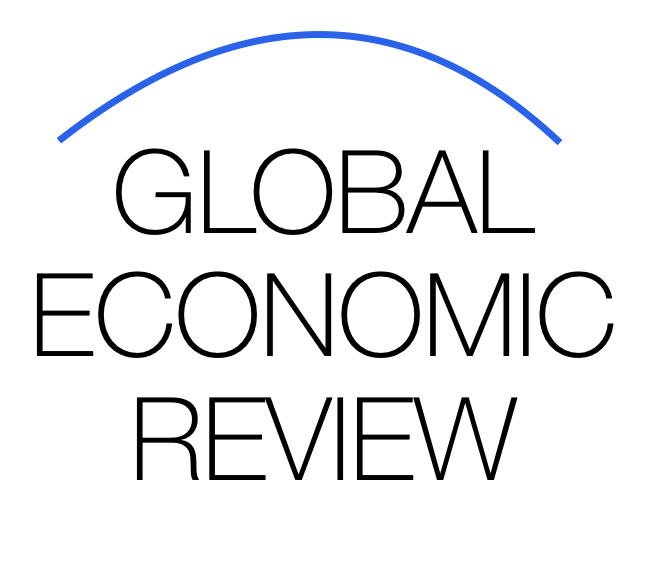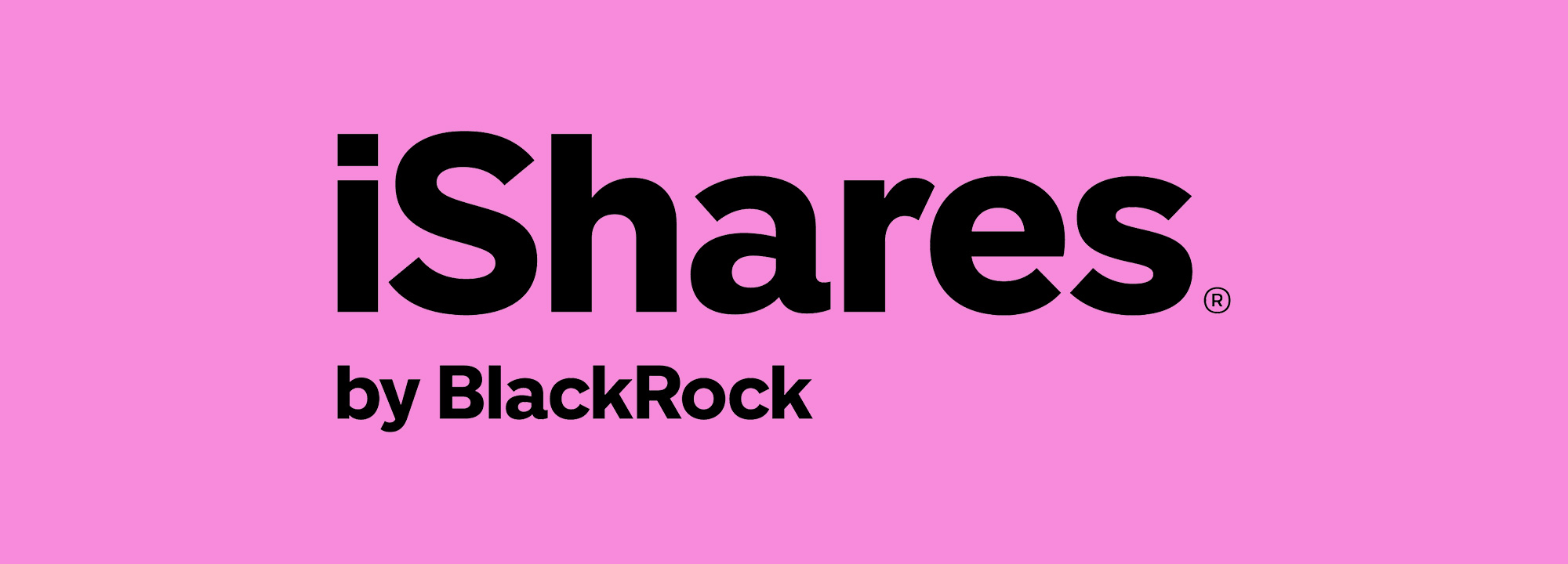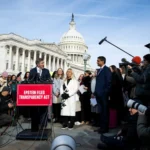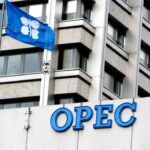Gold Surges as US-China Tensions Escalate: Charting the Global Economic Ripple Effects
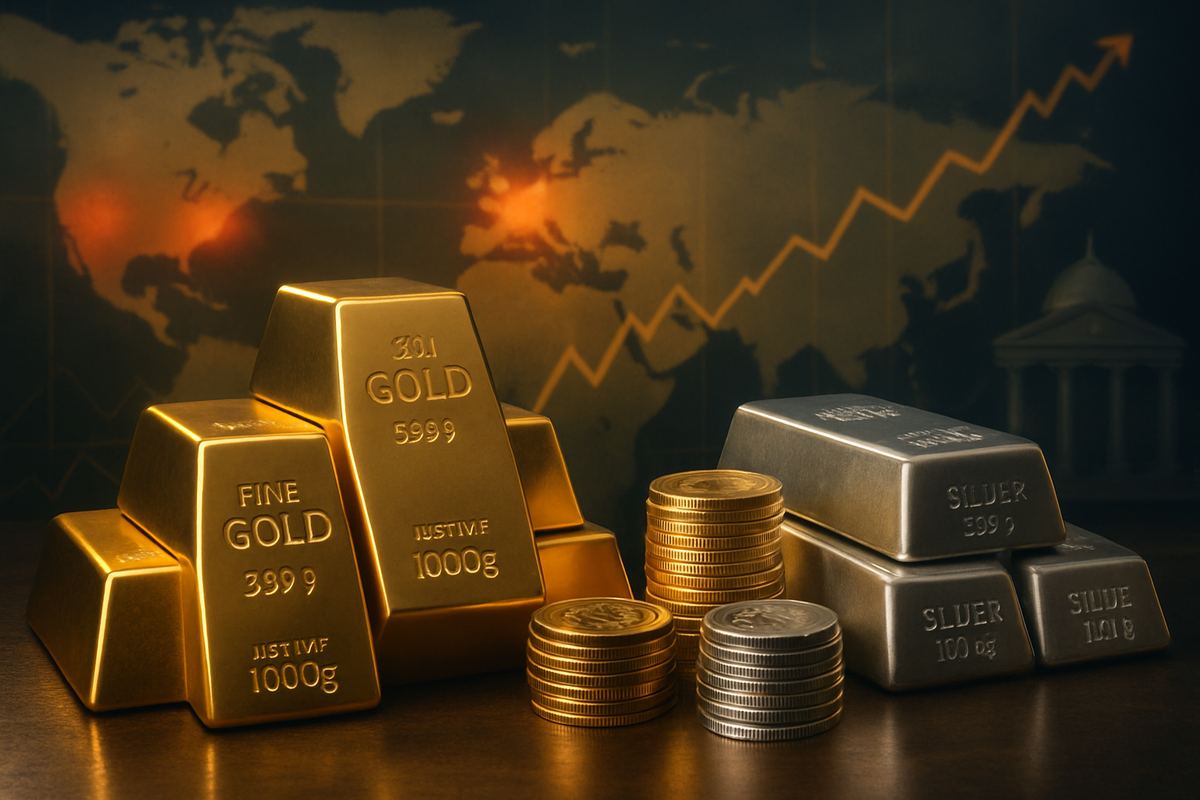
Global financial markets are witnessing a sharp surge in gold prices as escalating tensions between the United States and China reignite investor fears of economic disruption and geopolitical instability. Analysts say this rally is not a temporary spike but part of a broader trend where precious metals act as a safe haven amid global uncertainty.
“Gold is signaling caution,” said Jonathan Hayes, senior commodities strategist at Morgan & Co. “Whenever the geopolitical thermostat rises, investors flock to assets that preserve value. Today, that’s gold.”
Gold’s Rally: Key Data Points
Gold prices have climbed 6% in the past month, recently trading above $2,900 per ounce, their highest level in over a decade. Futures contracts on COMEX have seen record volumes, reflecting strong demand from institutional investors, central banks, and retail buyers seeking refuge from market volatility.
| Timeframe | Gold Price | % Change |
|---|---|---|
| 1 Month | $2,910 | +6.2% |
| 6 Months | $2,600 | +14.7% |
| 1 Year | $2,420 | +20.3% |
Market watchers note that gold’s rise correlates strongly with recent US-China trade rhetoric, tariffs, and technology export controls, which have spooked global markets.
The Geopolitical Catalyst: US-China Tensions
Tensions between the U.S. and China have escalated on multiple fronts:
- Trade and Tariffs – Renewed threats of tariffs and import restrictions risk disrupting global supply chains.
- Technology and AI Controls – Export controls on semiconductors, AI software, and dual-use technology raise concerns about a bifurcation of global tech markets.
- Military and Diplomatic Pressure – South China Sea activity, Taiwan tensions, and sanctions have heightened geopolitical risk.
“Gold reflects investor psychology,” said Marina Liu, geopolitical risk analyst at Global Insights. “It’s the most liquid hedge against uncertainty, and the US-China dynamic is a perfect storm.”
Why Gold Remains Attractive
Gold has historically acted as a store of value during periods of high uncertainty, inflation, and currency volatility. Key drivers in the current rally include:
- Negative real interest rates – With inflation outpacing nominal rates, holding cash or bonds erodes purchasing power, making gold comparatively more attractive.
- Dollar volatility – While the U.S. dollar remains strong, any sign of strain in the currency encourages flight to hard assets.
- Central bank accumulation – Emerging markets, including China, India, and Turkey, continue to purchase gold to diversify reserves.
- Portfolio diversification – Institutional investors are increasingly allocating 5–10% of assets to precious metals as a hedge against systemic risk.
Historical Context: Lessons from Past Crises
Analysts often compare the current environment to previous periods of gold surges, including:
| Period | Catalyst | Gold Price Movement |
|---|---|---|
| 1971–1980 | Nixon ends gold standard, stagflation | +1,100% |
| 2008–2011 | Global financial crisis | +170% |
| 2020–2021 | Pandemic uncertainty & stimulus | +50% |
“The pattern is clear,” said Hayes. “Whenever confidence in markets or government policy is challenged, gold becomes the preferred hedge.”
Market Reactions Beyond Gold
While gold benefits from the flight to safety, other asset classes show stress:
- Equities – S&P 500 fell 2.7% in response to trade rhetoric, technology restrictions, and fear of decoupling.
- Bonds – Yields on long-term Treasuries declined as investors sought safe returns.
- Currencies – The Chinese yuan weakened against the dollar amid trade concerns, while safe-haven currencies like the Swiss franc and Japanese yen strengthened.
“We’re seeing a classic risk-off scenario,” said Liu. “Gold benefits, equities and emerging market assets take a hit, and safe-haven currencies gain traction.”
Investor Strategies in an Uncertain World
Financial advisors suggest several strategies for navigating the current climate:
- Diversify Across Safe Havens – Gold, silver, and government bonds provide a buffer against market shocks.
- Consider Dollar-Cost Averaging – Gradually increasing positions in gold ETFs or bullion reduces timing risk.
- Monitor Geopolitical Signals – Tariff announcements, trade talks, and tech export policies can dramatically shift markets.
- Evaluate Currency Exposure – Hedging strategies can protect against sudden devaluations in emerging market currencies.
Central Bank Influence
Gold demand is also driven by central banks, which continue to diversify reserves away from dollar-denominated assets. In 2023 alone, central banks purchased over 1,100 metric tons of gold, the second-highest annual total ever recorded. Analysts suggest this trend will persist as geopolitical uncertainty and trade friction remain elevated.
Long-Term Outlook
Gold’s upward trajectory is likely to continue if current U.S.-China tensions persist or intensify. Analysts project:
| Scenario | Gold Price Target |
|---|---|
| Base Case (moderate tension) | $3,200 per ounce |
| Upside (major escalation or sanctions) | $3,500–$3,800 per ounce |
| Downside (trade de-escalation) | $2,700 per ounce |
“Even if markets calm temporarily, structural factors like inflation, central bank behavior, and global risk will continue to support gold,” said Hayes.
Conclusion: Gold as the Canary of Geopolitics
The recent gold surge is more than a financial trend—it is a reflection of global anxiety in a world shaped by trade disputes, geopolitical uncertainty, and monetary pressures. Investors, central banks, and advisors alike are increasingly treating gold not just as a commodity, but as a barometer of systemic risk.
“Gold doesn’t just shine—it signals,” said Liu. “As long as uncertainty reigns, it will continue to act as a safe harbor for capital.”
